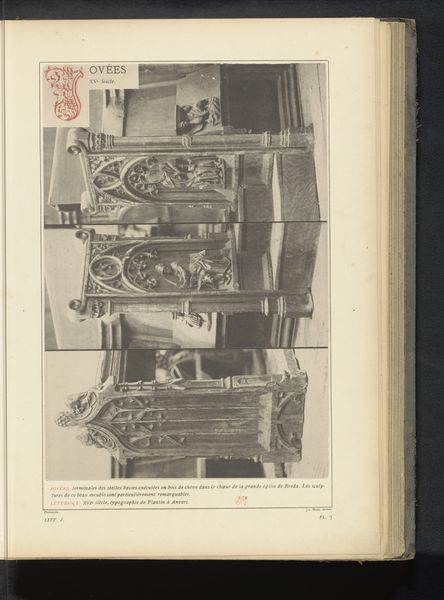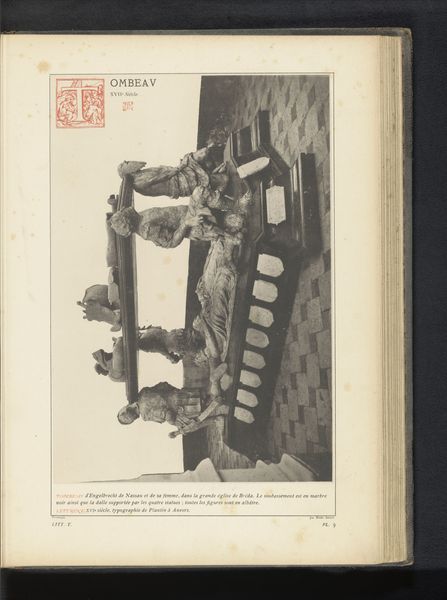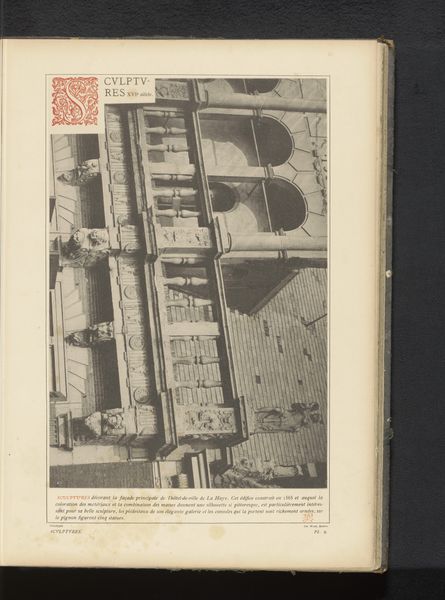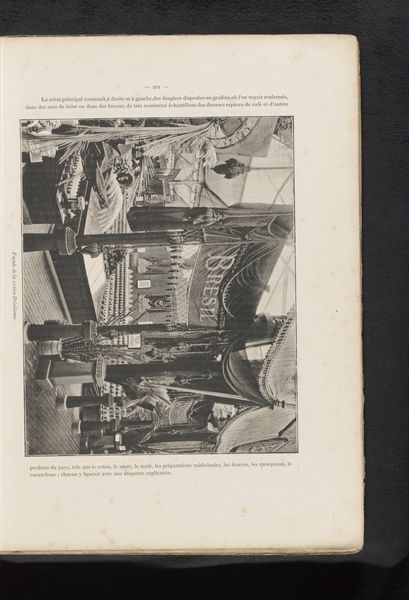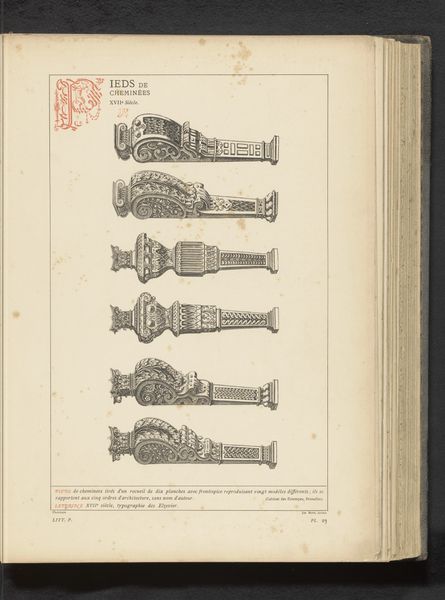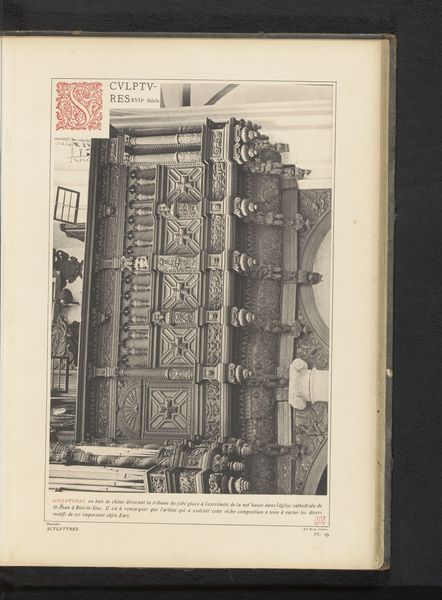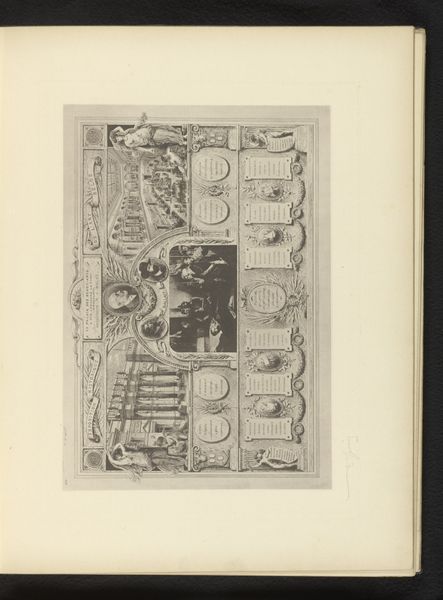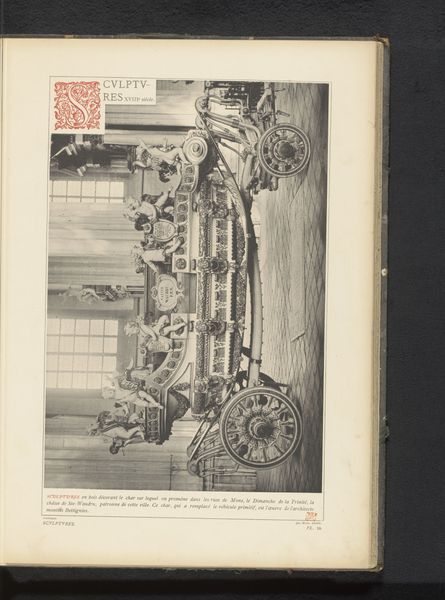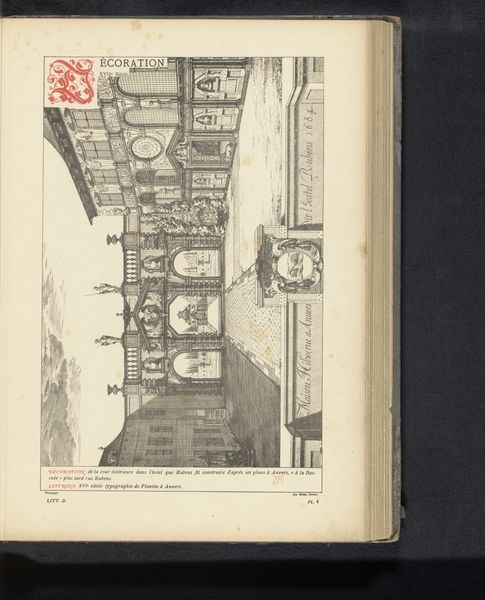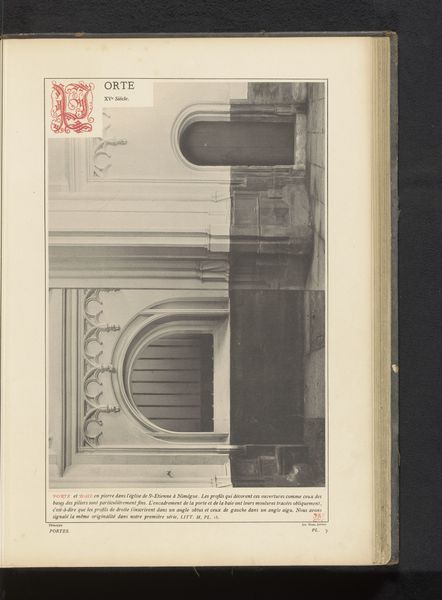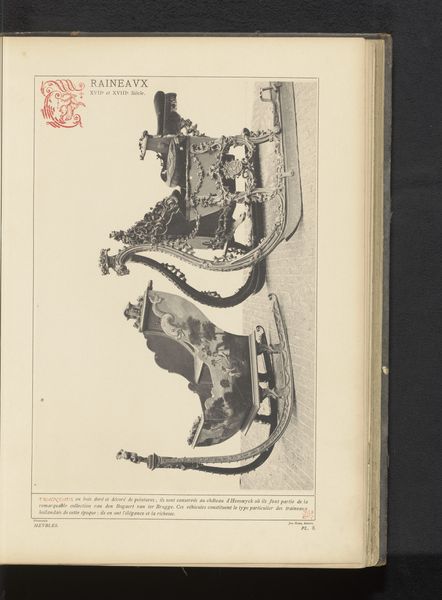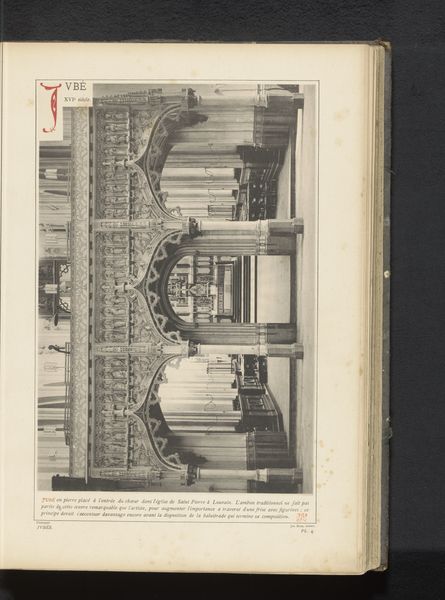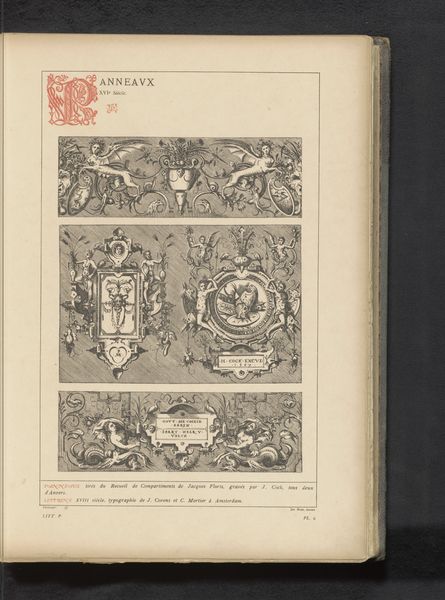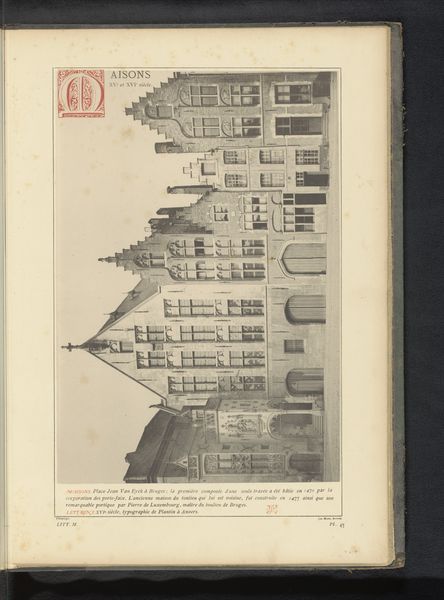
print, photography, gelatin-silver-print, architecture
#
medieval
# print
#
photography
#
gelatin-silver-print
#
cityscape
#
academic-art
#
architecture
#
realism
Dimensions: height 337 mm, width 236 mm
Copyright: Rijks Museum: Open Domain
Curator: It’s a captivating composition, this gelatin-silver print titled “Interieur van de Sint-Michielskerk te Leuven." It dates to before 1881. The sharp details, look at the textures, really pull you into the space. Editor: The upward perspective feels heavy, almost imposing. A reminder, perhaps, of the Catholic Church’s influence, of how the Church literally looms. How does this emphasis on such grandiose architecture interact with or impact social hierarchies? Curator: Certainly, scale and craft intersect here. The meticulous craftsmanship evident in every detail of the church interior – from the carved capitals to the soaring arches – would have demanded immense resources and a workforce skilled in material manipulation. Considering the labor that went into such construction is key. Editor: Exactly. Who were these workers? What were their conditions? Churches weren't simply built; they are constructed, in a social environment, laden with power dynamics. Religious structures are not neutral vessels, they reflect and influence belief systems, impacting gender, race and class. This photograph isn't just showing an interior, it's reminding us about histories of cultural hegemony and the symbolic order they are trying to institute. Curator: Yes, and within that environment, the choice of gelatin-silver print allows for mass production. Here’s photography functioning both as documentation and as a vehicle for wider dissemination. The work extends beyond mere artistic endeavor and delves into the realms of accessibility and viewership. Editor: Absolutely. We must question how access informs perception. Photography transforms architecture into a reproducible object that allows widespread visual ownership that changes one’s personal encounter with these institutions and their ideologies. What does such availability facilitate in a society still struggling with legacies of colonialism and social stratification? Curator: It’s a complex issue to untangle and the conversation we just had shows there’s room for diverse perspectives when exploring architecture represented in art. Editor: I agree, let's try to unpack such visual text layer by layer so we are more aware about power dynamics and histories behind material culture.
Comments
No comments
Be the first to comment and join the conversation on the ultimate creative platform.
